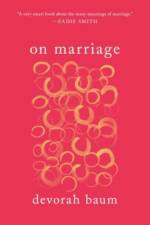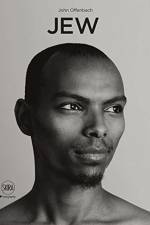av Devorah Baum
595
John Offenbach's wonderful collection of portraits, boldly and bluntly entitled Jew, could not be more timely. In a period when antisemitism and racism are rife, when ignorance and prejudice prevail, here is a captivating tale of the unexpected. A portrait of Jewish people which defies cliché and stereotype. From Brooklyn to Azerbaijan, from the homeless to the homeland, all human life is here. - Alan Yentob - BBC Some years ago John Offenbach decided to embark on a series of portraits of Jews from different ethnicities, such as those from India and China and Ethiopia. Not just the great and the good, it had to include the homeless Jew, as well as the rich Jew. The incarcerated Jew, and the heroin addict.Offenbach took inspiration from People of the Twentieth Century, the series of portraits of German people of the 1920's by the Cologne-based photographer August Sander, but unlike Sander, he decided not to include the background or the setting for any of portraits, as he didn't want this collection to be documentary in style or intention; so, a weaver in Ethiopia is sitting in exactly the same light as a financier from Wall Street. Half way around the world to each other but surprisingly close.Offenbach travelled to thirteen countries, including Argentina, Azerbaijan, India, Ethiopia, China and Ukraine and took are approximately 150 black-and-white portraits of jews. The objective of the series is to look at Jewish faces and see the similarities and the differences. A snapshot of world Jewry today. On one level simply, that Jews come from all parts of society, and in all shapes and sizes.The prints are all 76 cm x 64 cm, printed on Zerkall mould paper. The image is injected like an ink jet, however consists purely of liquid carbon. The prints have an exquisite and beautiful quality. They are 100% archival and rather like a pencil drawing, consist of no chemicals at all, except paper and carbon.





